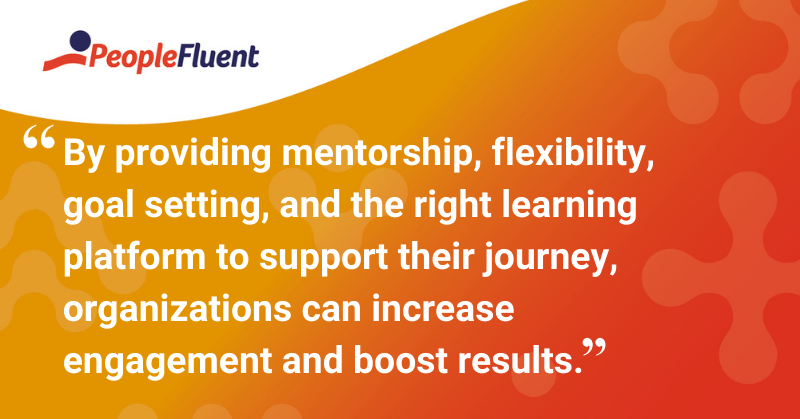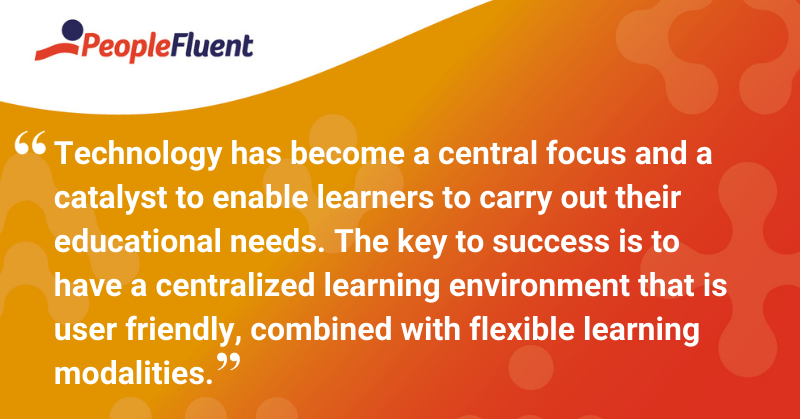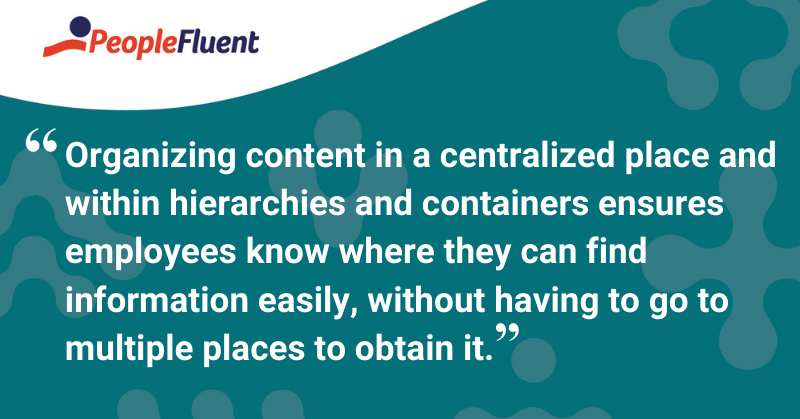Published: Jan 14, 2021Time to read: 7mins Category: Learning
Are You Shifting to Self-Directed Learning? Here’s How to Do It Right
Self-directed learning is on the rise but do you have the right technology in place and the necessary flexibility to support learners? Read on to find out why successfully embedding a culture of learner-led training needs a learning experience platform to support it.
Self-directed learning is taking off and there is technology to support it. Today, learners of all ages will voluntarily go online to learn. In fact, according to a study, free, massive, open, online course providers (MOOCS) gained over 60 million new learners combined in 2020.
However, learners can easily lose interest when there isn't a clear learning path and context set out for them. By providing mentorship, flexibility, goal setting, and the right learning platform to support their journey, organizations can increase engagement and boost results.
Self-Directed Learning and Why It’s Important Today
The concept of self-directed learning has been around for a long time, especially in the area of adult learning, with leading authors like Malcolm Knowles who believed that the learner should be actively involved in the learning process. In corporate training, L&D leaders are now beginning to recognize the need to move away from instructor-centric learning to a learner-centric approach to education.
“We need learners to start pulling the data that they need to have. Letting them identify where they see their own gaps and setting a goal for themselves on how to achieve and close that gap. Then, helping curate the products and the materials that will help them”, believes Nancy Dietz, Customer Success Manager at PeopleFluent, formerly Senior Education Consultant.
Typically with self-directed learning, there should be a mentor that can help guide learners along their educational path and help them make better choices or decisions.
Too often with a self-directed learning methodology, organizations will leave the learner on their own. This can lead to them choosing learning that’s personally fulfilling and not necessarily fulfilling for a business need. A balance between both objectives should be the goal, and having some type of mentor as a guide will help accomplish learning objectives that are practical from an organizational standpoint.

Related reading: ‘Creator-Centric Video: The New Normal for Work and Academia?’
Providing Context Increases and Promotes Learner Engagement
Generally speaking, organizations have tended towards the concept of assigned learning by telling employees what to learn and when. Compulsory training for regulatory, legal, or compliance purposes will always be necessary. However, giving employees the option to learn outside of the mandatory training can promote commitment and engagement to life-long learning.
When it comes to assigned learning, L&D teams and instructors should aim to provide learners with context for why a certain training or learning component needs to be completed. Contextually personalizing a learning objective to their own work or personal experiences will make the training meaningful and will incentivize completion. For example, asking employees to learn the same content year after year without mixing it up or making it relevant to them will make the learning dull and they will likely complete it to simply check off a task.
In short, build belief on why the learning is important or how it will bring value, and then show individuals how they can do it as easily or as meaningfully as possible to optimize interest and learning outcomes.

Handpicked for you: ‘6 Reasons Why You Need to Start Using eLearning Video—Today!’
Adopting and Promoting a Digital Culture and the Technology to Support It
The environment in which we all work and learn has shifted. This has accelerated the digital transformation businesses are undergoing to support this new way of working and learning. As a result, technology has become a central focus and a catalyst to enable learners to carry out their educational needs. The key to success is to have a centralized learning environment that is user-friendly, combined with flexible learning modalities.
Adult learners, in particular, like to be able to compare and understand based on what they already know. Encourage this type of self-initiative by providing a learning platform that mirrors other consumer-driven platforms they’re already comfortable using. Once it takes off, learners will adopt it as their personalized learning console.
“As a society, we have begun to recognize that the informal learning aspect is very beneficial. By having a learning platform where employees are allowed to upload any materials they’ve found—whether a link, article, or video—and the capability to share it with others, provides a sense of community and connection. It also allows them to take on the responsibility for their own development”, affirms Dietz.
It’s also essential to make the shift from telling employees what to learn, to an individual being able to pull and consume the content they believe will provide the right knowledge.

3 Ways Organizations Can Create Supportive Learning Environments
- Encourage more individuals in the creation of the learning content.
- Provide a platform and systems to discover learning content that feels more like consumer experiences.
- Review the relevance of the content by ensuring it’s fresh and meets organizational goals.
Handpicked for you: ‘When Features Aren't What Matters: Choosing the Right Technology for Your Organization’
3 Ways an LXP Supports Self-Directed Learning
Here are three ways that a Learning Experience Platform (LXP) can help.
- A centralized repository for content: Organizing content in a centralized place and within hierarchies and containers ensures employees know where they can find information easily without having to go to multiple places to obtain it. This can be a frustrating experience. Similarly, it provides a space with curated content so individuals can quickly and easily access relevant content according to their need and function through powerful and effective search functionality.
- User-generated content: Learning platforms enable user-generated content, allowing anyone in the organization to record a certain topic, upload already-made presentations, or share links to videos or relevant articles. Recordings no longer need to be a professional production and an LXP allows for user-generated content to be more flexible. If there's any concern with the content being produced, organizations can place gatekeepers to ensure it’s suitable, of value, and reflects company policies.
- Employee interaction and knowledge sharing: Learning platforms enable discussions to occur on the platform where anything that needs to be added or changed can be corrected. It also enables a Wikipedia concept where anyone can keep adding value to the knowledge base that started it all off in the first place.

You might also like: ‘Everything You Wanted to Know About LXPs (But Were Too Afraid to Ask)’
Conclusion: Why Self-Directed Learning Works
When beginning to work in these types of environments—and even once the tools are in place—L&D departments need to ensure they have buy-in from senior management and cascade it down the organization. It’s important to identify and share the value that this type of learning exploration brings to the table—from its inception.
Is the employee a step forward from where they started? As long as organizations can see employee progression through the tracking that’s available on learning platforms, then there will be clear benefits from an organizational standpoint.
“From an education industry perspective, we've begun to recognize that our learners are more advanced than they used to be. With that ability to have more flexibility also comes a sense of loyalty to the organization. It’s the sense that an organization cares about me because they're investing in me”, concludes Dietz.
Through the investment and flexibility offered to employees, companies can gain loyalty and retention. Businesses of all types and sizes can be more confident that they will keep their best talent, capitalizing from their efforts, and saving on onboarding costs related to acquiring and training new talent from scratch.
For more on this, download our free guide, ‘Our Creator-Centric Future How to Build Effective Learning Programs in a World Where Everyone Is a Creator’
Provide employees with an intuitive learning environment they'll enjoy and will progress their skillset.
Explore the PeopleFluent Learning Experience Platform today.